T4K3.news
Intel reports Lunar Lake gains for gaming
Lunar Lake shows potential gains for gaming workloads and shares rose modestly as investors digested the news.
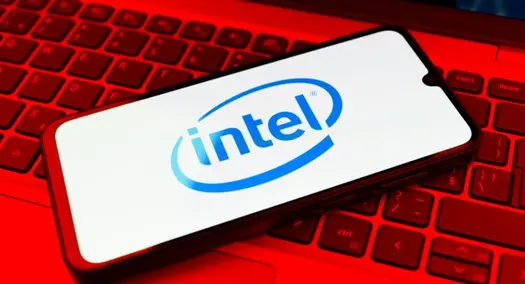
Intel reports a potential gaming performance uplift from Lunar Lake while facing a trade secret case and cautious investor sentiment.
Intel sees 30 percent gaming boost from Lunar Lake
Lunar Lake and related benchmarks have captured attention as a potential driver for Intel’s gaming workloads. The MSI Claw 8 AI+ A2VM device is highlighted as a notable step, showing how shifting PL1 to PL2 settings could raise performance. Intel noted early gains but industry observers report performance improvements approaching 30 percent in certain configurations, after initial estimates of about 10 percent. The stock moved modestly higher in afternoon trading, signaling investor interest but not a wholesale revaluation.
Separately, a court sentenced former Intel engineer Varun Gupta to two years of probation and about $34,500 in fines for stealing thousands of files to aid a move to Microsoft. Prosecutors had argued for jail time, but the judge noted damage to Gupta’s reputation and the broader implications for trust in a talent market driven by rapid tech transfers. The case underscores how intellectual property and personnel moves can influence negotiations with partners and customers in a high-stakes market.
On Wall Street, analysts show a cautious stance on INTC, with a prevailing Hold rating and a mix of Buy and Sell notes over the past quarter. The broader takeaway for investors is to watch how these early performance signals translate to real devices and sustained software optimization, rather than one-off benchmarks.
Key Takeaways
"Intel still needs to prove these gains scale in real gaming rigs"
Caution about translating demos to broad use
"The Gupta case shows how talent mobility can become a corporate risk"
Linking legal outcomes to corporate strategy
"Investors will reward real world adoption not hype"
Market expectations
The Lunar Lake signal is welcome but fragile. If the gains hold on a wider range of devices and workloads, Intel could carve out a more competitive position in gaming laptops and compact desktops. Yet market reaction remains tethered to execution risk: chip teams must turn lab tweaks into reliable, battery-friendly performance in mass-market products. The Gupta case adds a governance dimension, reminding investors that the speed of talent movement and information flow can create both opportunity and risk for partnerships with tech giants. In a crowded field, a durable edge will depend on consistent performance, supply discipline, and transparent collaboration with developers and manufacturers.
Highlights
- Gains must travel from demo to daily use
- IP protection is a soft bottom line in a hard race
- Investors reward real world adoption, not hype
- Talent moves shape the future of big chip firms
Trade secret case raises investor concerns
The sentencing of a former Intel engineer for stealing files underscores risks to intellectual property and talent mobility. This can influence investor confidence and complicate partnerships as Intel pursues aggressive product plans.
The real test comes when Lunar Lake moves beyond a few demo setups into everyday gaming rigs.
Enjoyed this? Let your friends know!
Related News
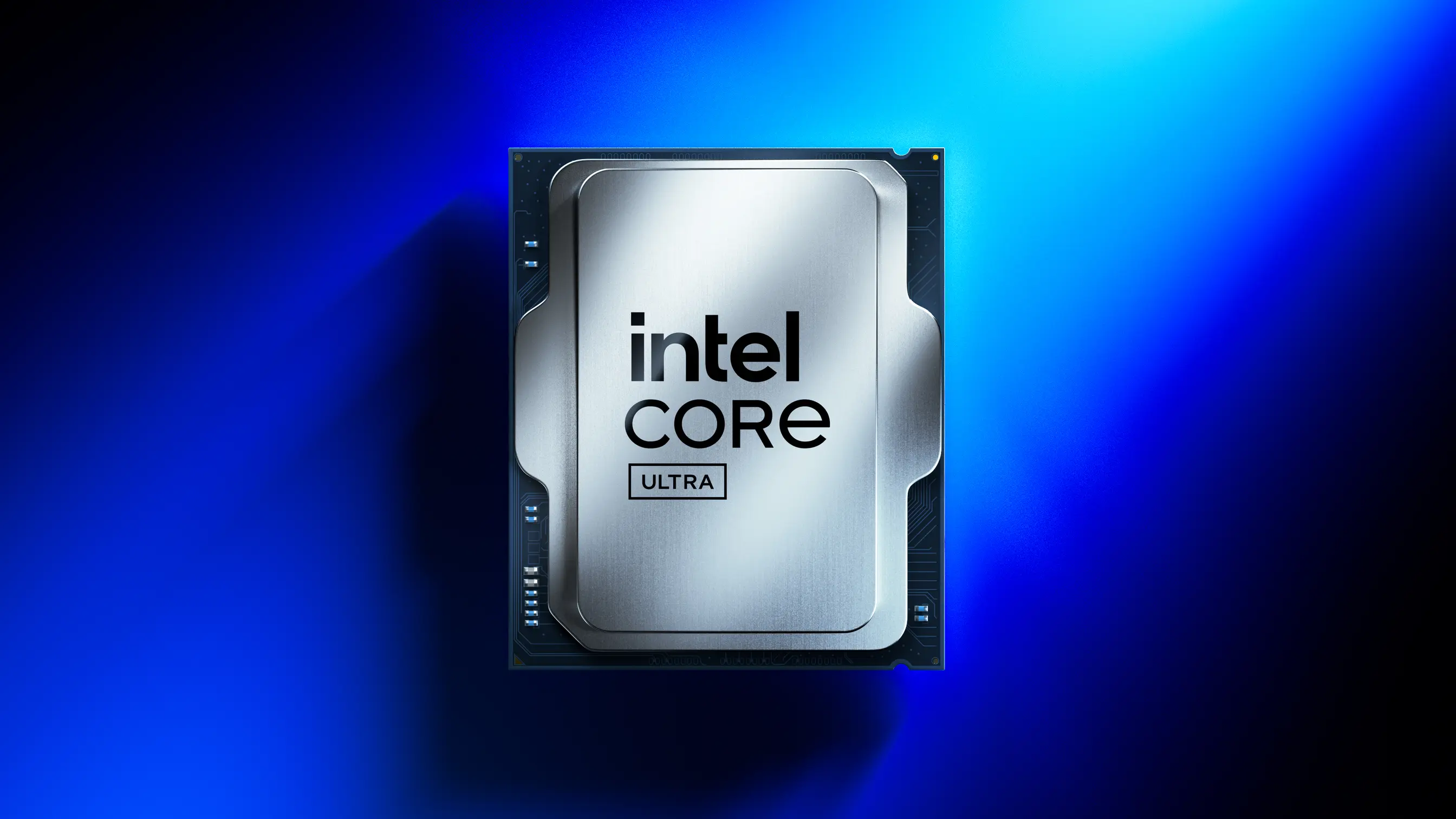
Intel Core Ultra Series 3 CPUs introduce larger L3 cache
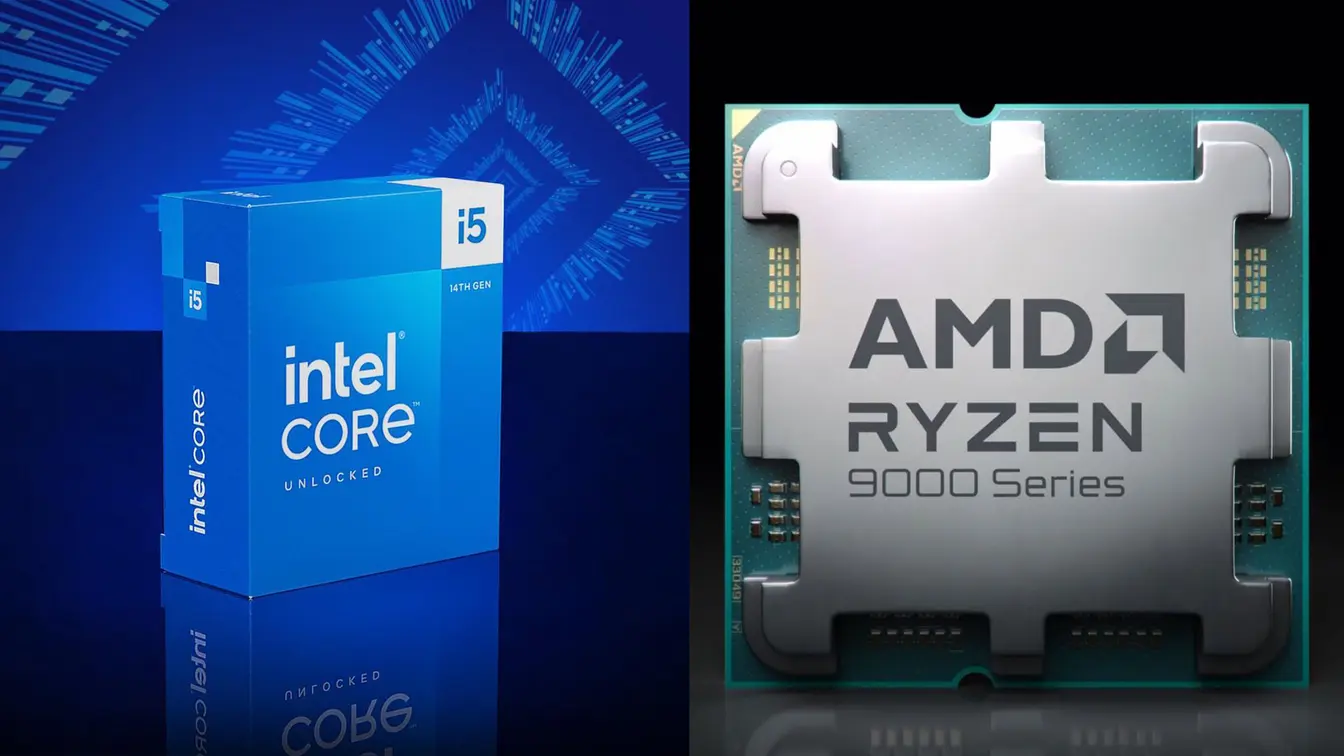
Budget CPUs offer strong gaming value
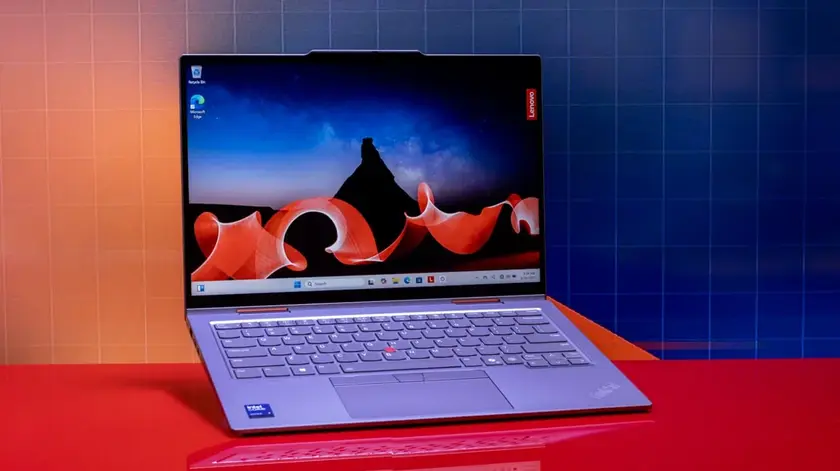
Aura Edition ThinkPad 2-in-1 faces price and brightness drawbacks
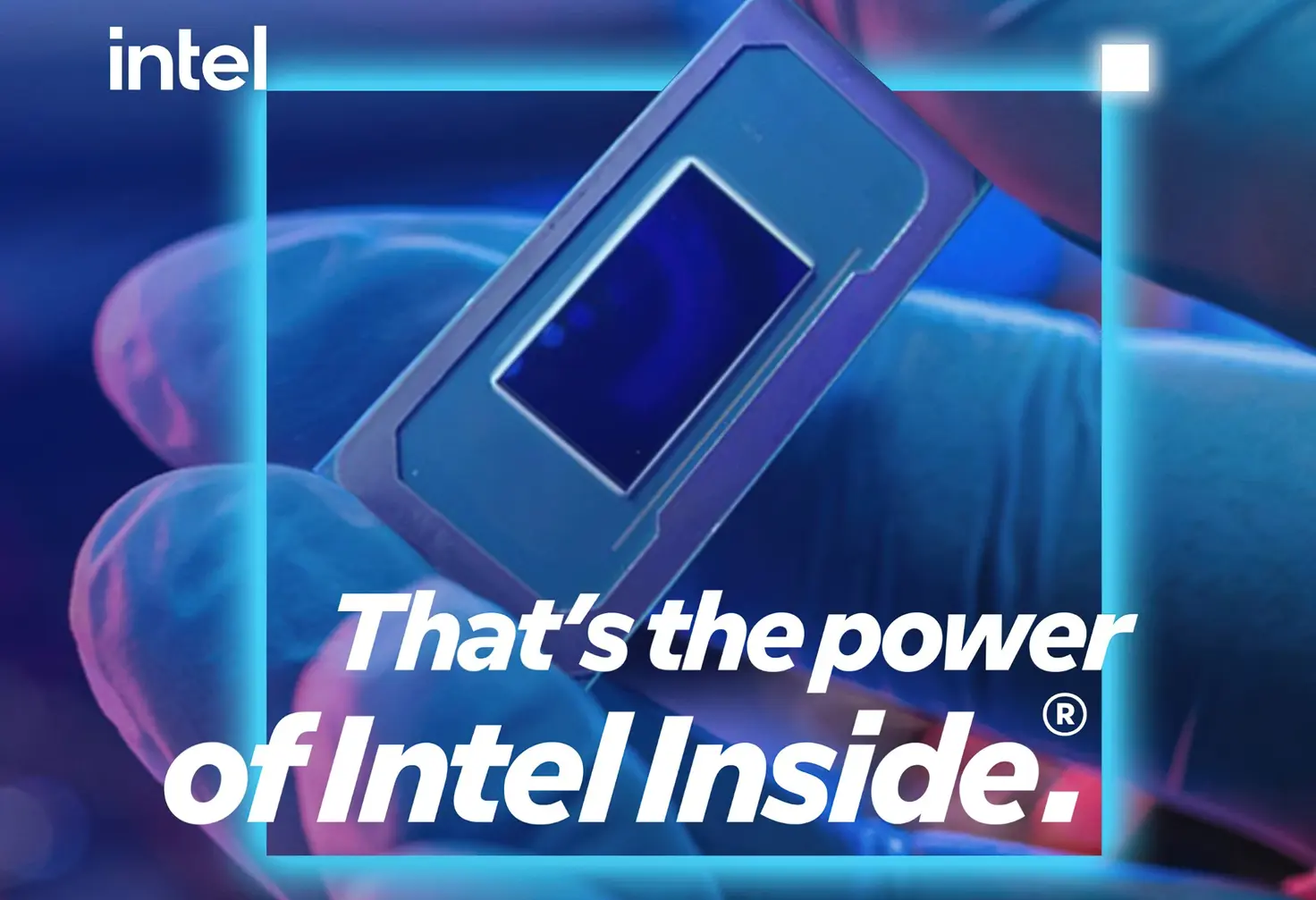
Intel Confirms Nova Lake CPU Plans for 2026
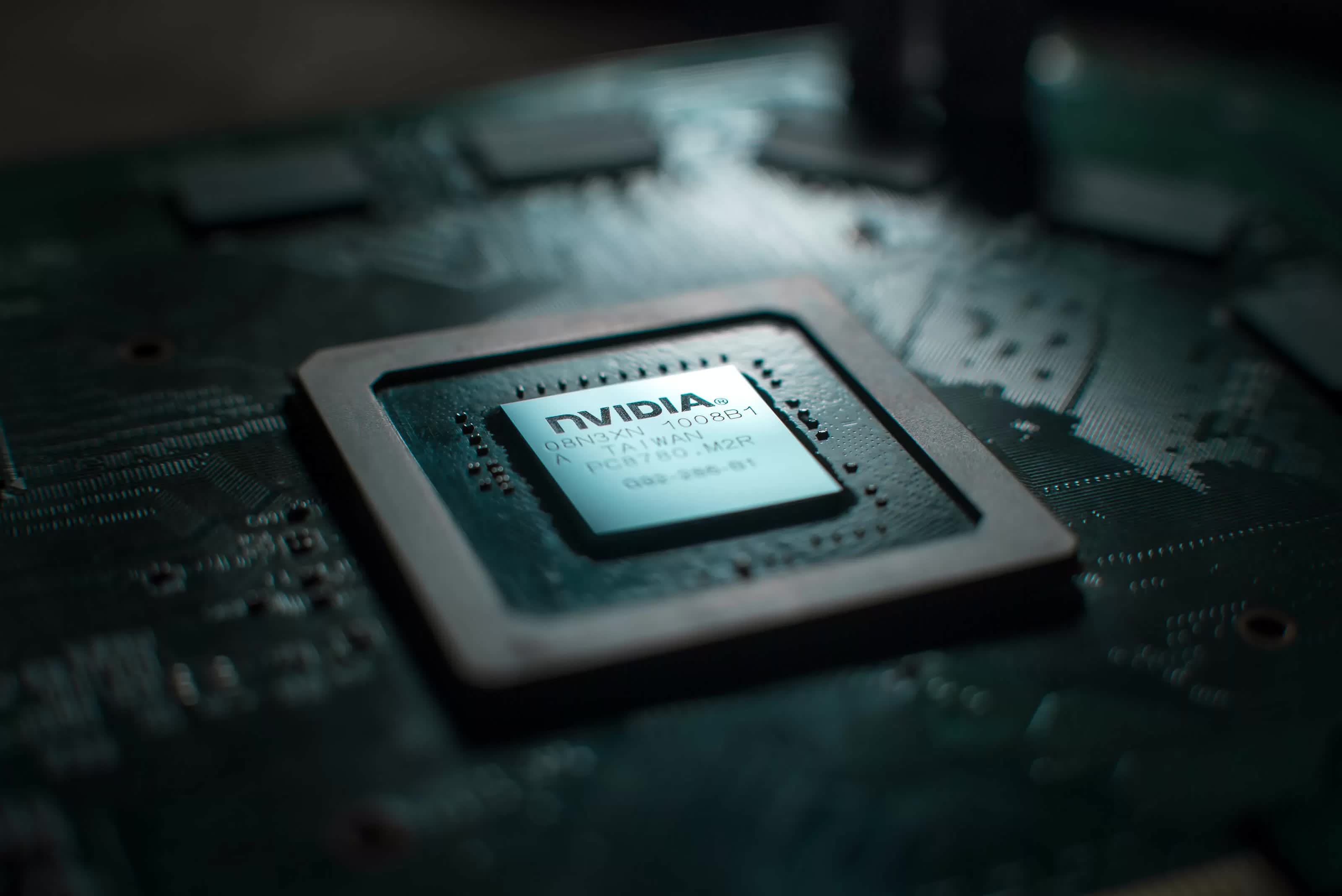
Nvidia's Arm CPU launch delayed to 2026

Intel to cut 24,000 jobs and end projects in Europe and Costa Rica

Mafia The Old Country PC Benchmark Highlights High Demands

Bears practice highlights Johnson intensity
